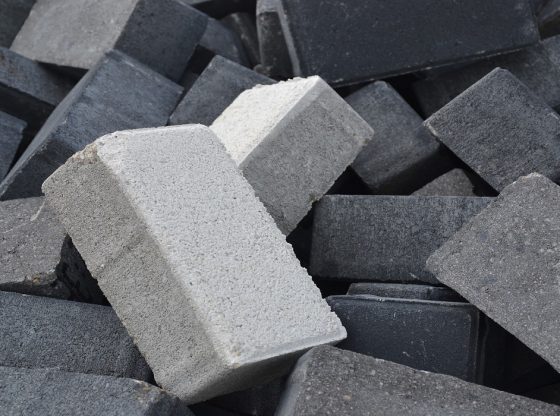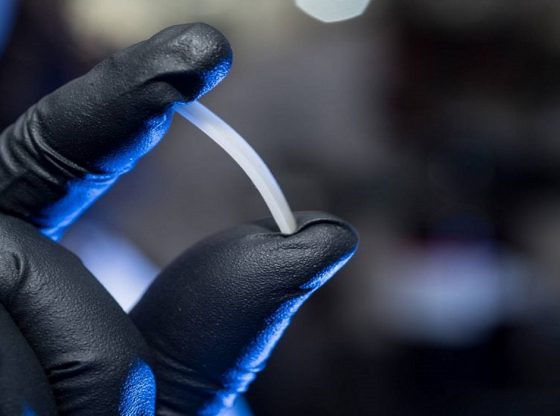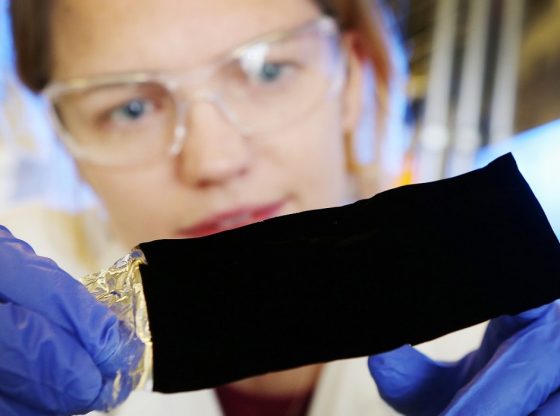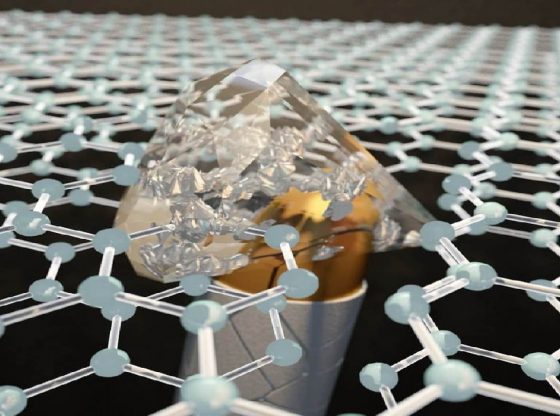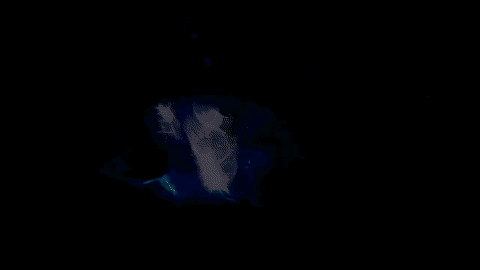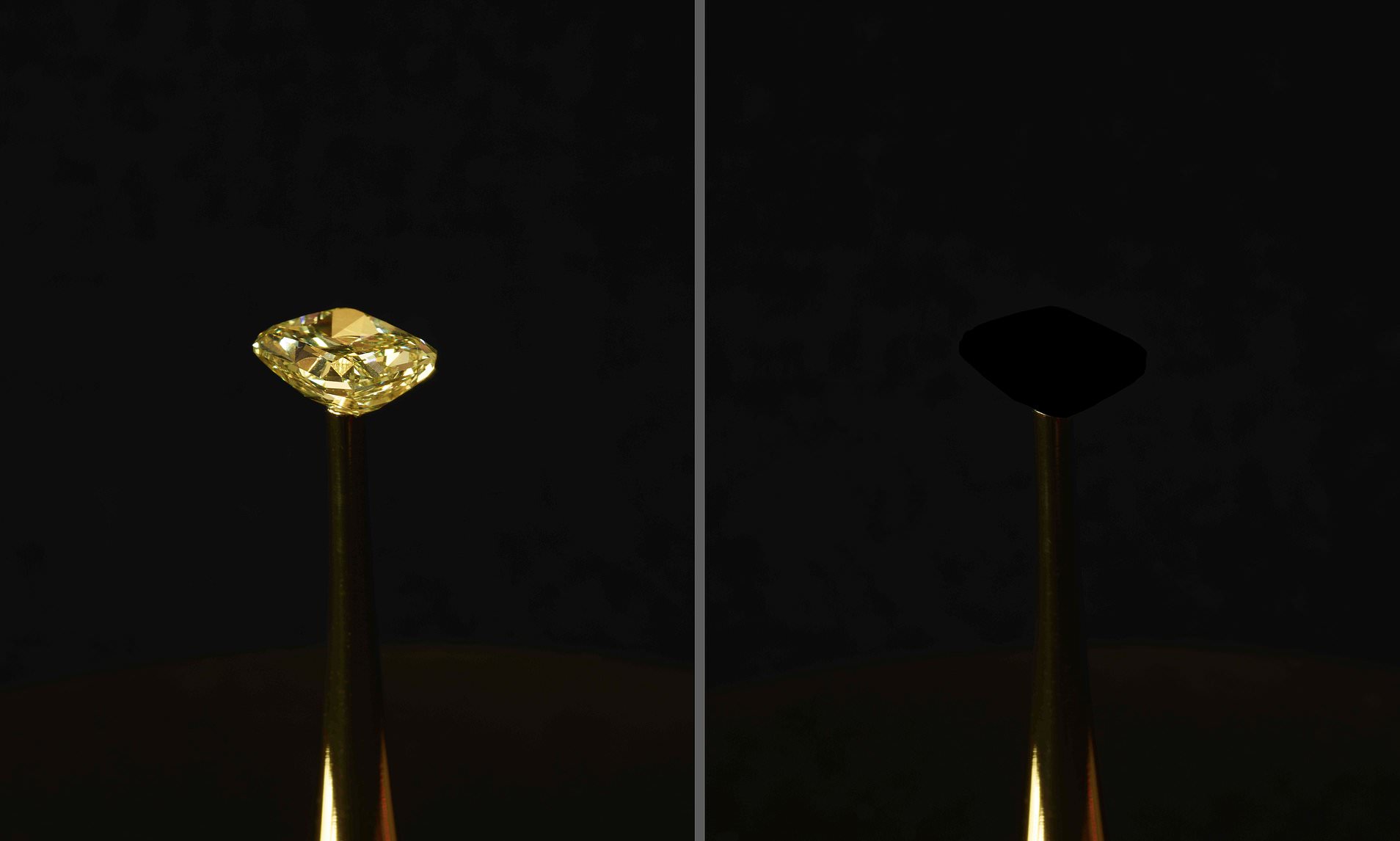
Scientists at the Massachusetts Institute of Technology may have succeeded in producing the blackest material to date.
How black is black? Yes, there is actually a scale how black something is and now we are definitely at the blackest end of the scale.
The material produced by the engineers at MIT captures as much as 99.995 percent of all light and is thus about ten times blacker than what has been the blackest material to date. Much more so than the previous record-holder ‘Vantablack‘ that captures a mere 99,6 percent of all light.
The new study has been published in the journal ACS Applied Materials and Interfaces and unveil the darkest material ever created by humans.
The material is made from vertically aligned carbon nanotubes, or CNTs — microscopic filaments of carbon, like a fuzzy forest of tiny trees, that the team grew on a surface of chlorine-etched aluminum foil.
“There are optical and space science applications for very black materials, and of course, artists have been interested in black, going back well before the Renaissance,”
“Our material is 10 times blacker than anything that’s ever been reported, but I think the blackest black is a constantly moving target. Someone will find a blacker material, and eventually, we’ll understand all the underlying mechanisms, and will be able to properly engineer the ultimate black.”
– Brian Wardle, professor of aeronautics and astronautics at MIT.
The material is already gaining interest in the aerospace community where it could be used as the basis for a starshade — a massive black shade that would shield a space telescope from stray light.
Reference:
Kehang Cui and Brian L. Wardle. Breakdown of Native Oxide Enables Multifunctional, Free-Form Carbon Nanotube – Metal Hierarchical Architectures. ACS-Applied Materials and Interfaces September 12, 2019. DOI: 10.1021 / acsami.9b08290


